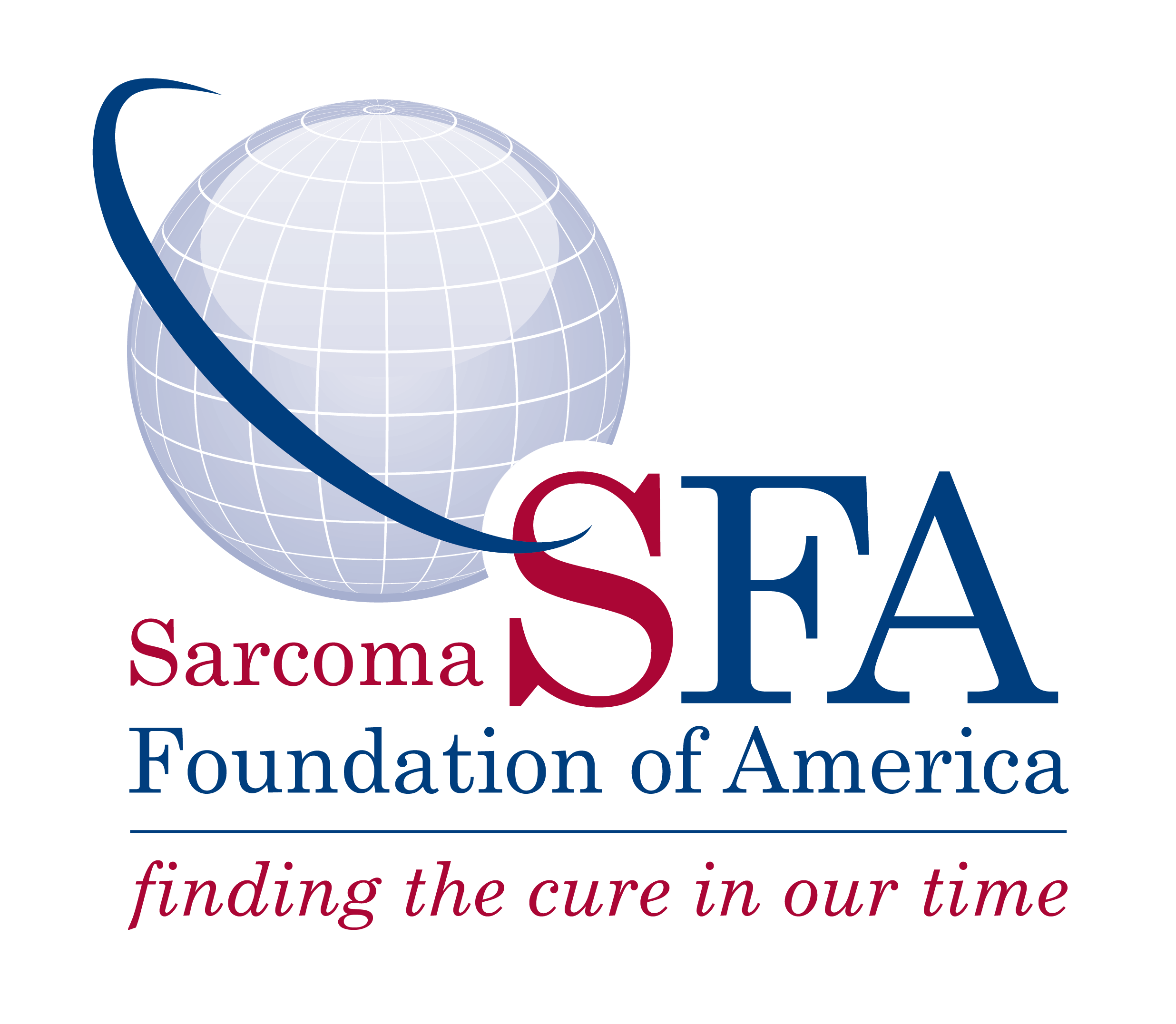Synovial Sarcoma
Synovial sarcoma most commonly affects adolescents and young adults in age 15-40. It originates from mesenchymal cells, but not from the synovium as the name implies. More than 90% of synovial sarcomas demonstrate t(X:18) translocation involving SYT and SSX genes, resulting in abnormal fusion (chimeric) protein (SYT-SSX). The fusion protein has altered function and represents the initiating molecular event leading to tumor formation. Synovial sarcoma can spread to other part of body mainly through blood circulation, sometimes through lymph node. Metastasis occurs in half of all cases, months to years after the initial diagnosis, or presents at the time of diagnosis.
Epidemiology
Synovial sarcoma is the fourth most commonly occurring sarcoma, accounting for 8-10 % of all sarcoma. The incidence is estimated to be 900 new cases a year in US. There is 2-4 fold predilection of development of synovial sarcoma for males over females. People with Li-Fraumeni syndrome (loss of p53 gene function) and neurofibromatosis (altered function of NF1 gene) are associated with higher risk. The poor prognostic factors include (1) distant metastasis, (2) age older than 25 years, (3) tumor size of greater than 5 cm, (4) poorly differentiated area seen in histology.
Clinical Features
Synovial sarcoma most commonly presents in lower extremities, but can also present in upper extremities and represents one of the three most common sarcomas in upper extremities. It can present in trunk, head & neck, infrequently in lungs. Synovial sarcoma usually presents with a mass, often deep-seated, rapidly growing with or without pain. Other presentations depend on the specific anatomical location(s), i.e. pneumothorax (punctured lung) or hemoptysis (coughing blood) or cough due to lung metastasis, bone pain or pathological fracture due to bone metastasis, G.I. symptoms due to metastasis to liver, abdomen or pelvis. The 5-, 10-, and 20-year overall survival rates for the non-metastatic adult group are approximately 66%, 48%, and 38%. The Pediatric multi-center study show the estimated 5-year overall survival and event-free survival rates for the entire group were 80% and 72%, respectively.
Treatment and Follow-up for Localized Disease
For tumor size of 5 cm or less, limb-saving surgical resection with generous margin with or without radiation therapy is recommended. For tumor greater than 5 cm, multi-disciplinary approach using pre-operative (neoadjuvant) chemotherapy, plus pre-operative radiation treatment, followed by surgery is recommended, although the role of chemotherapy continues to be debated.
Treatment and Follow-up for Metastatic Disease
Multi-disciplinary approach utilizing chemotherapy, radiation treatment and limb-sparing surgery is recommended. The goals are to control disease as well as preserve quality of life.
Targeted Therapies
Currently, there is no targeted therapy yet. More than 90% of synovial sarcoma show specific translocation t(X:18) involving SYT and SSX genes. SYT and SSX and the abnormal fusion (chimeric) protein (SYT-SSX) represent tumor-specific abnormal molecules and are ideal targets for drug therapy and vaccine/immunotherapy.

